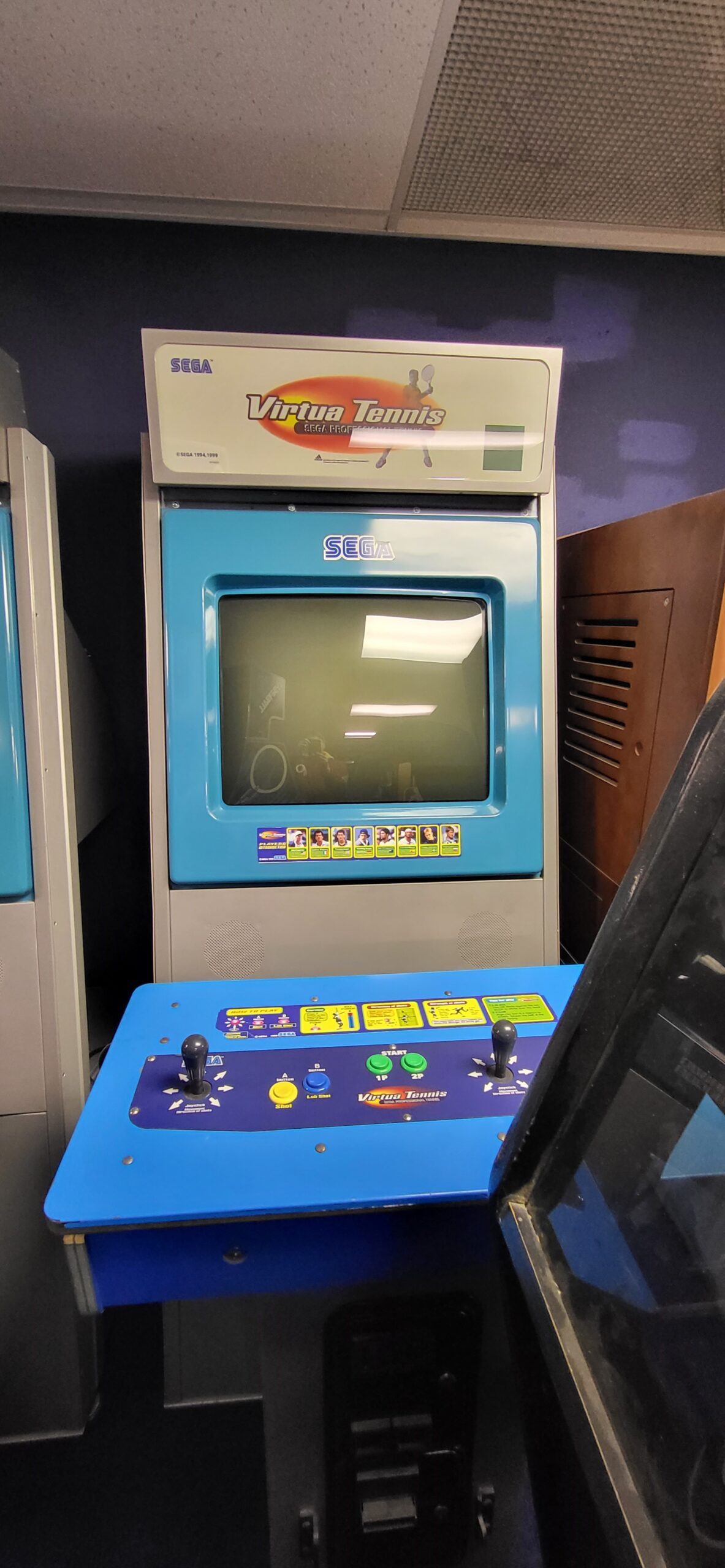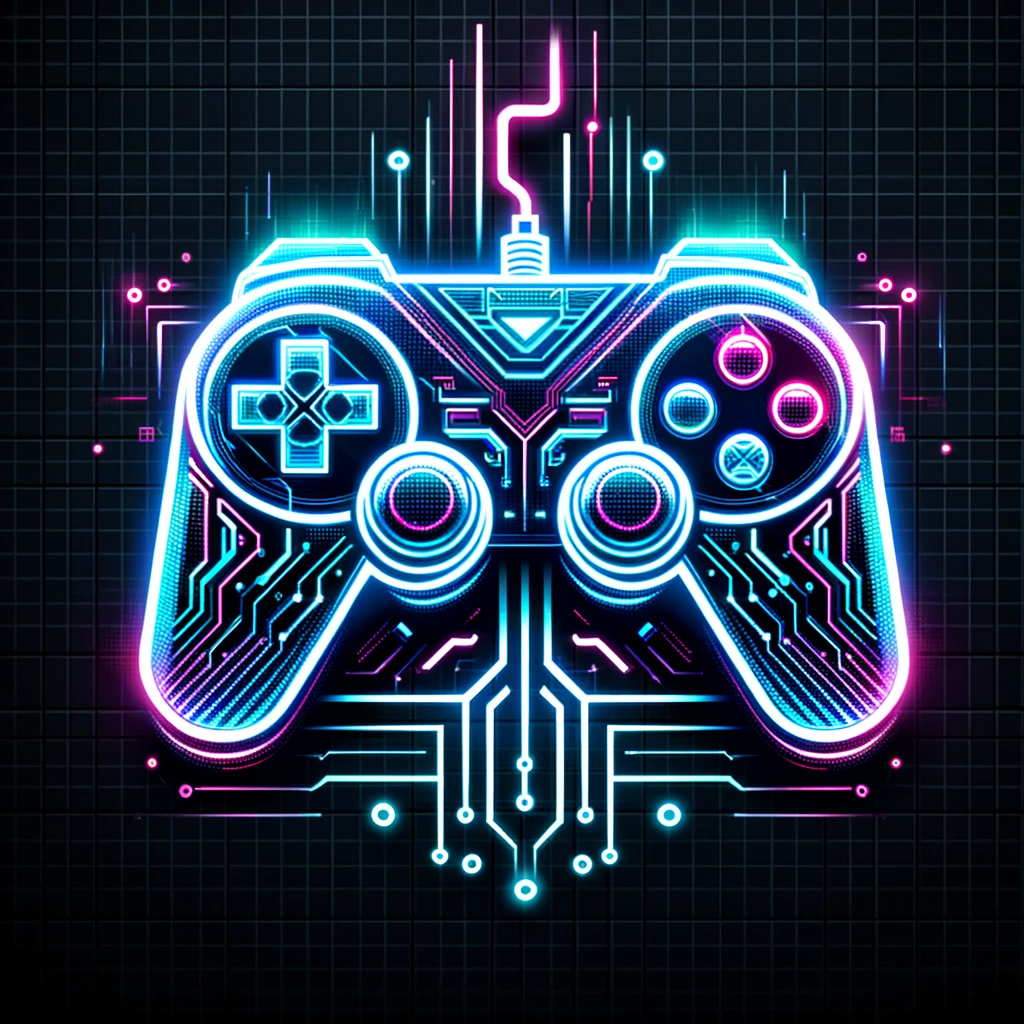
Virtua Tennis
Arcade / Sega 1999
Virtual Tennis is a sports arcade game developed by Sega, released in 1999. The game simulates the sport of tennis, allowing players to compete in both singles and doubles matches. It features a variety of real-world professional tennis players and offers multiple gameplay modes, including tournament and exhibition matches. Known for its realistic graphics, smooth gameplay, and intuitive controls, Virtual Tennis quickly became a hit in arcades worldwide.
Virtual Tennis was developed by Sega AM3, a division of Sega known for its expertise in creating arcade games. The development team aimed to create a realistic yet accessible tennis simulation that could appeal to both casual and hardcore gamers. Using Sega’s NAOMI arcade system, the team was able to produce high-quality graphics and fluid animations. The game was initially released in Japanese arcades in 1999 before making its way to North American and European markets. The success of the arcade version led to ports on various home consoles, including the Sega Dreamcast.
Upon release, Virtual Tennis received critical acclaim for its engaging gameplay and impressive graphics. Arcade enthusiasts and tennis fans alike praised its authenticity and the smoothness of its control scheme. The game was particularly noted for its multiplayer mode, which allowed friends to compete head-to-head in thrilling tennis matches. Various gaming publications and websites gave Virtual Tennis high ratings, solidifying its status as one of the best sports arcade games of its time.
Virtual Tennis was ported to several home consoles, most notably the Sega Dreamcast, where it was known as Virtua Tennis. The home versions retained much of the arcade version’s charm and added new features, such as additional players and customization options. The success of the game led to a series of sequels, including Virtua Tennis 2 (2001), Virtua Tennis 3 (2006), and Virtua Tennis 4 (2011). Each sequel introduced new gameplay mechanics, updated player rosters, and improved graphics, keeping the franchise relevant over the years.
While the arcade cabinets of Virtual Tennis are not considered exceedingly rare, they are valued among collectors for their nostalgic appeal and robust construction. It is estimated that Sega produced several thousand units of the arcade cabinet, making it relatively accessible for enthusiasts. The value of a well-maintained Virtual Tennis arcade cabinet can range from $1,500 to $3,000, depending on its condition and any modifications or restorations.
Virtual Tennis arcade cabinets are built on the Sega NAOMI hardware system, which was widely used in arcade games of that era. The NAOMI system features a Hitachi SH-4 CPU, 16 MB of main memory, and 8 MB of video memory, providing the necessary power for the game’s advanced graphics and smooth gameplay.
NAOMI Mainboard: The core of the system, responsible for processing and gameplay execution.
GD-ROM Drive: Used to read the game data stored on GD-ROM discs.
Power Supply Unit (PSU): Supplies power to the mainboard and other components.
Monitor/Display: Typically a CRT monitor, though some units may have been retrofitted with LCD screens.
Control Panel: Includes joystick and buttons for player input.
Speakers: For game audio output.
Cabinet Wiring: Internal wiring harnesses connecting various components.
Coin Mechanism: Allows the arcade machine to accept coins or tokens.
These parts are essential for maintaining and repairing a Virtual Tennis arcade cabinet, ensuring it remains in working order for years to come. Collectors and arcade operators often seek original or compatible replacement parts to preserve the authenticity and functionality of the machine.


